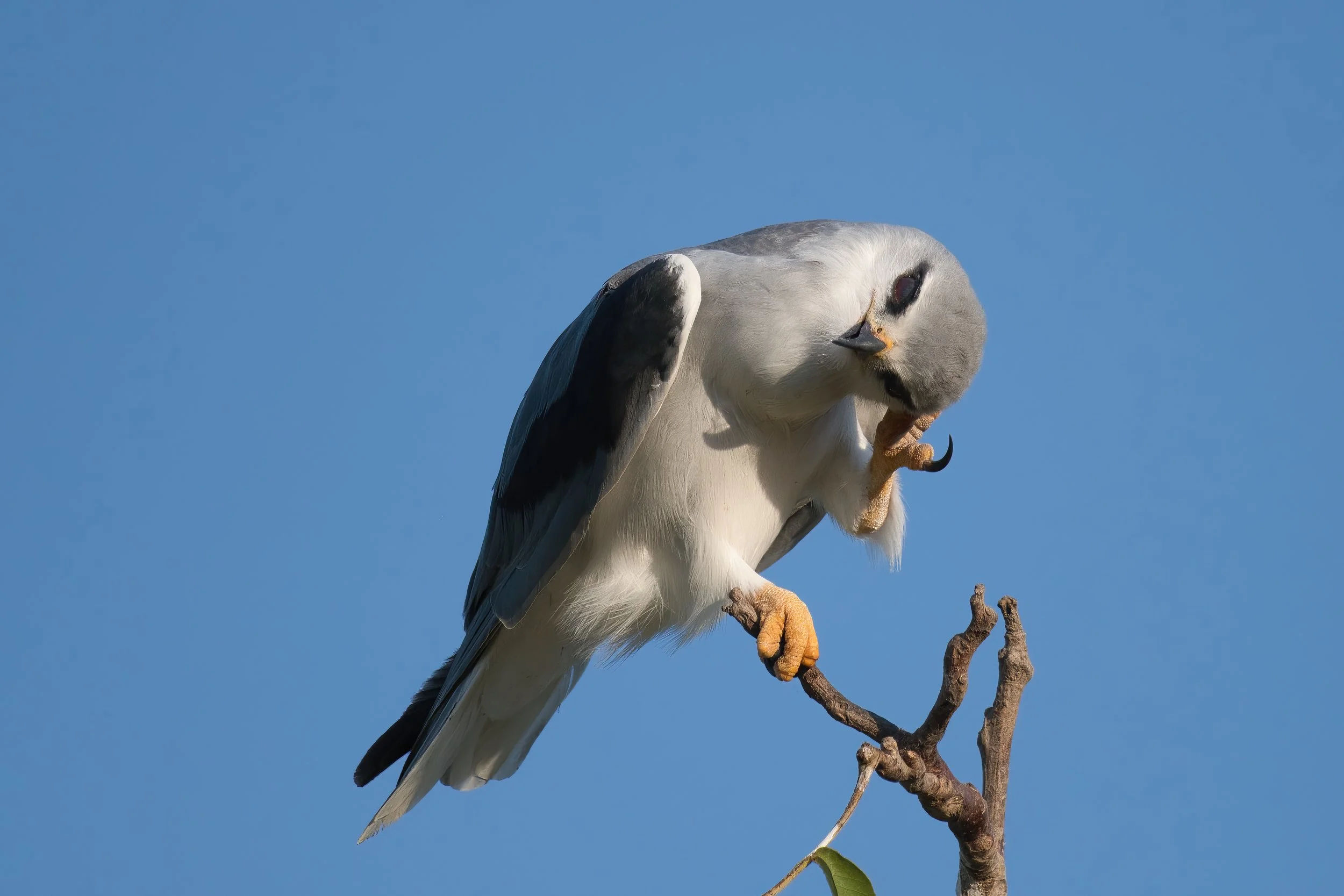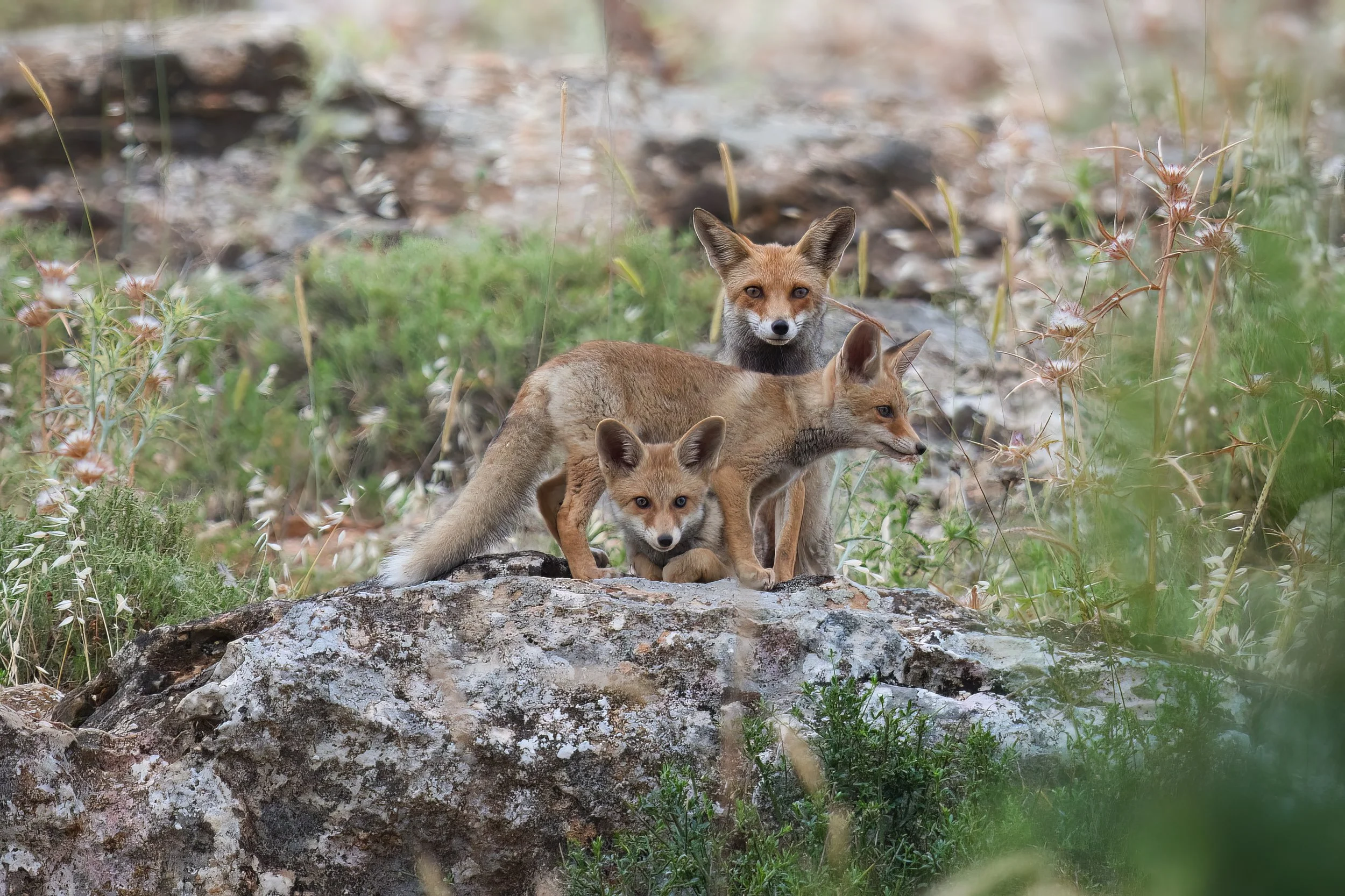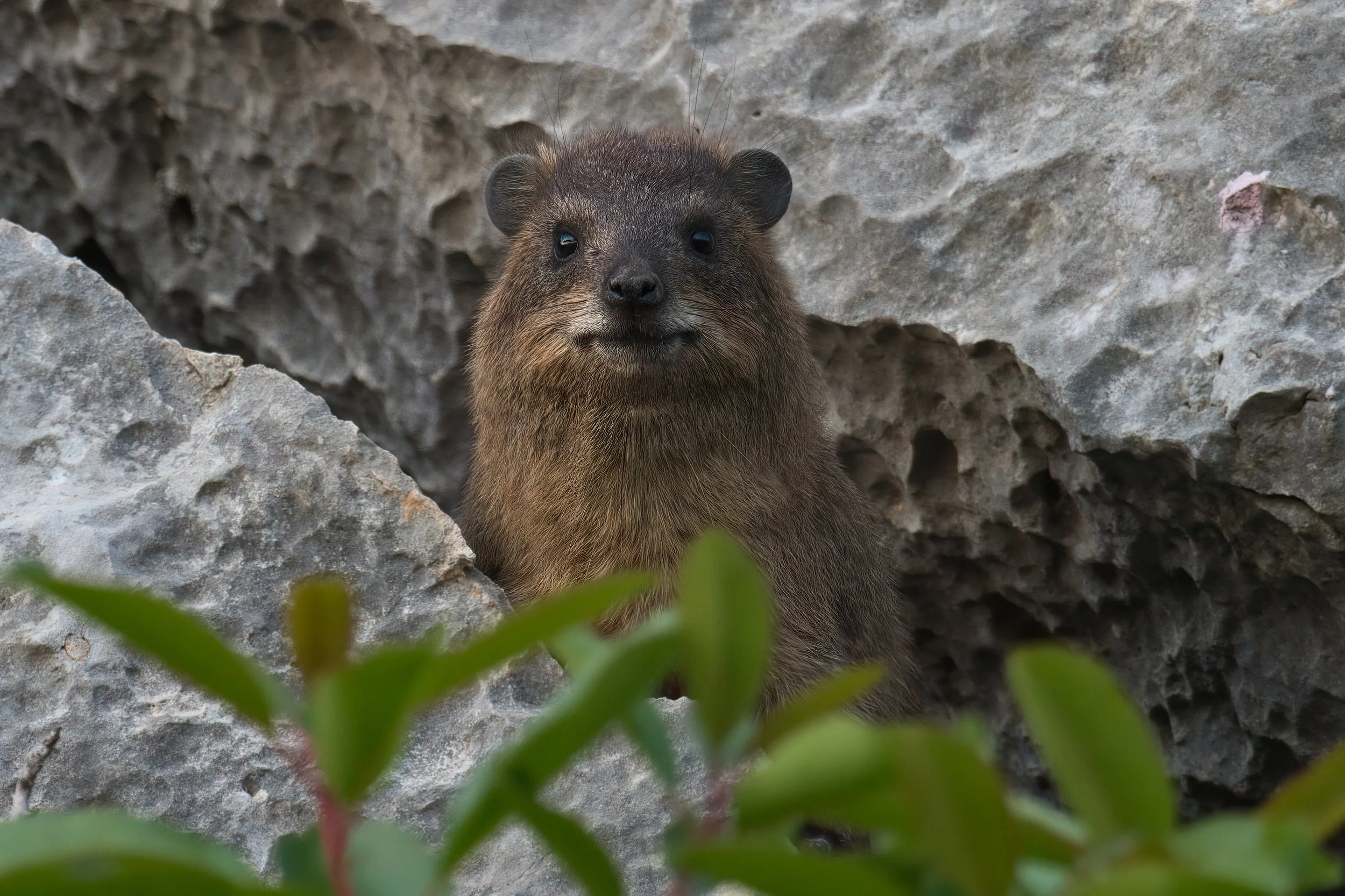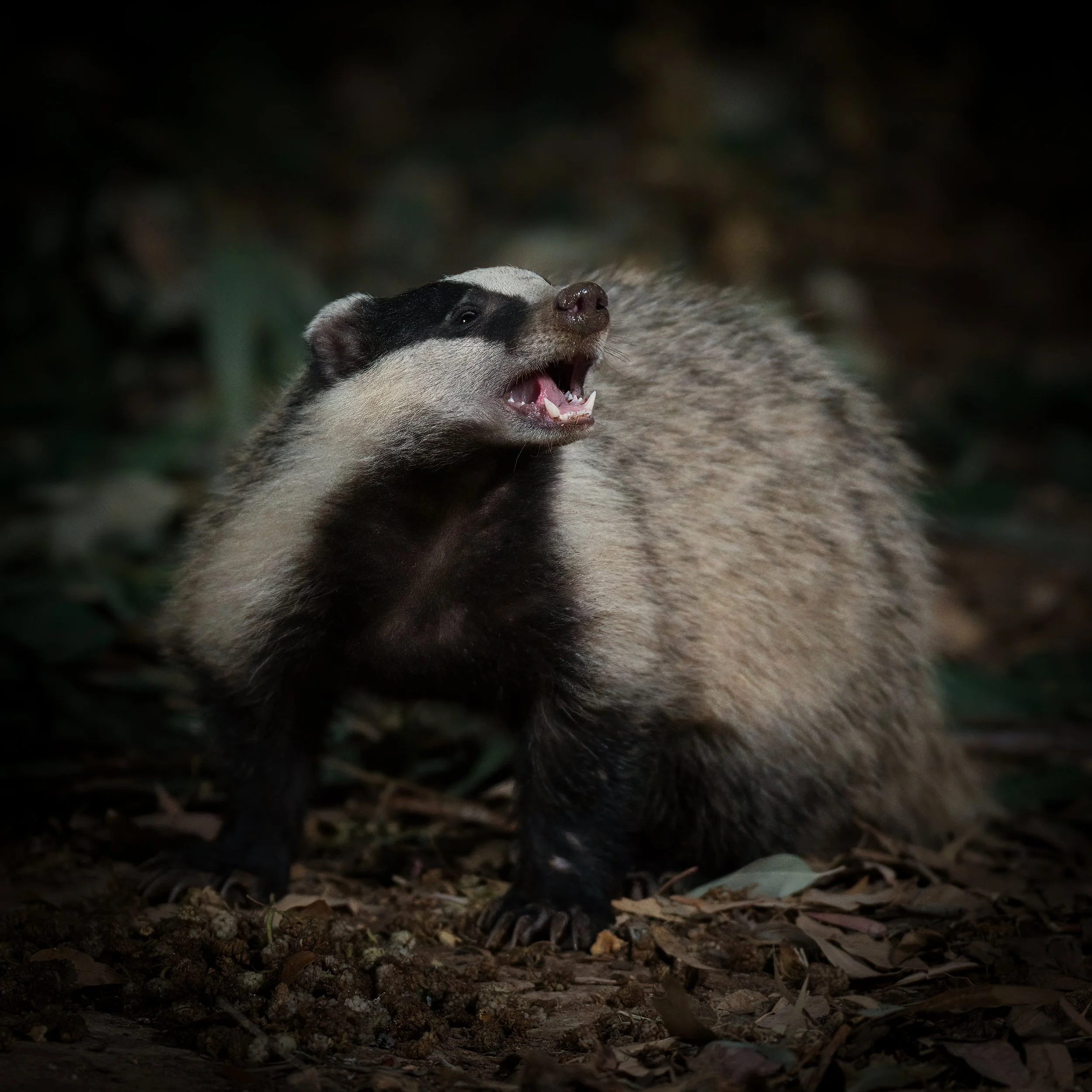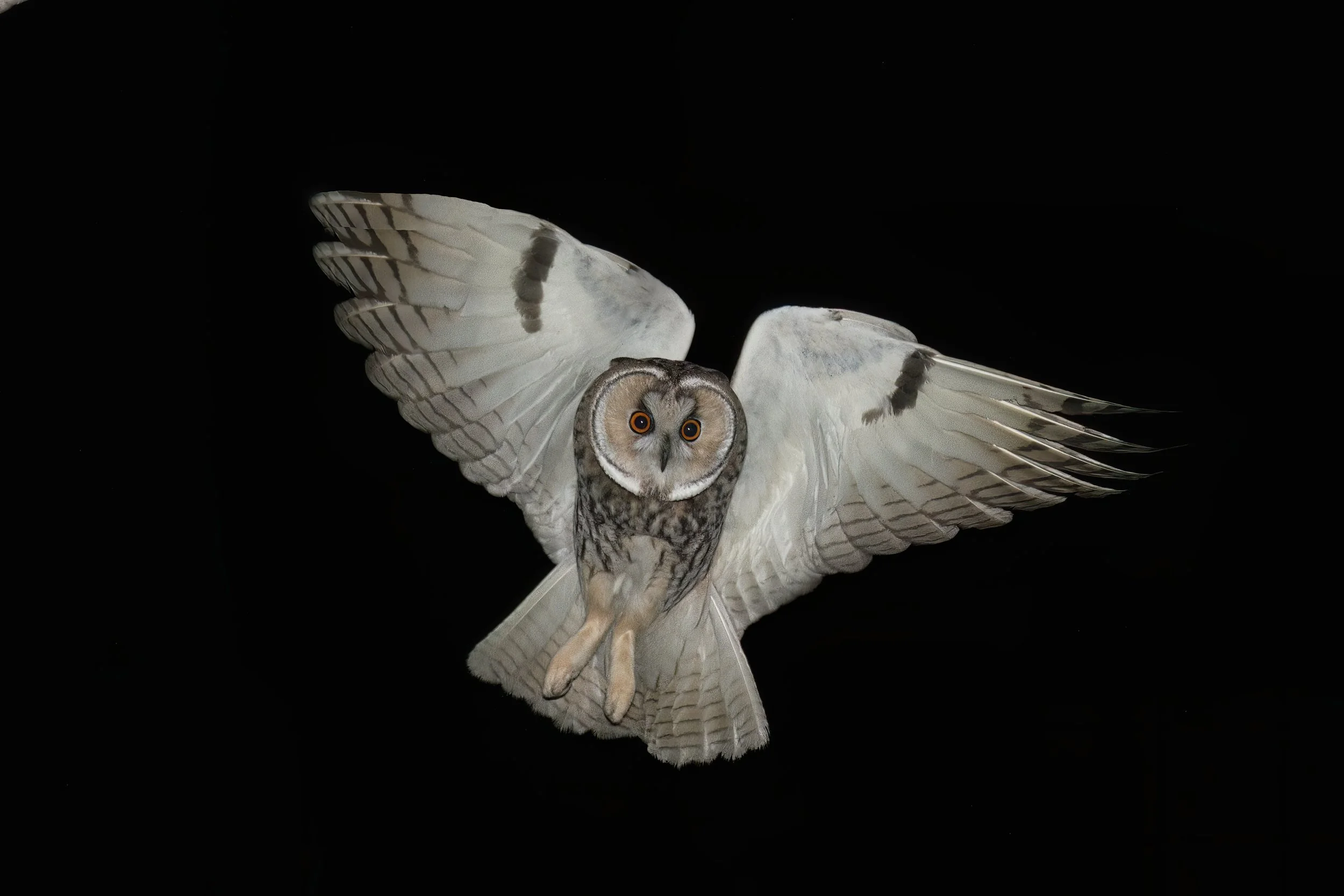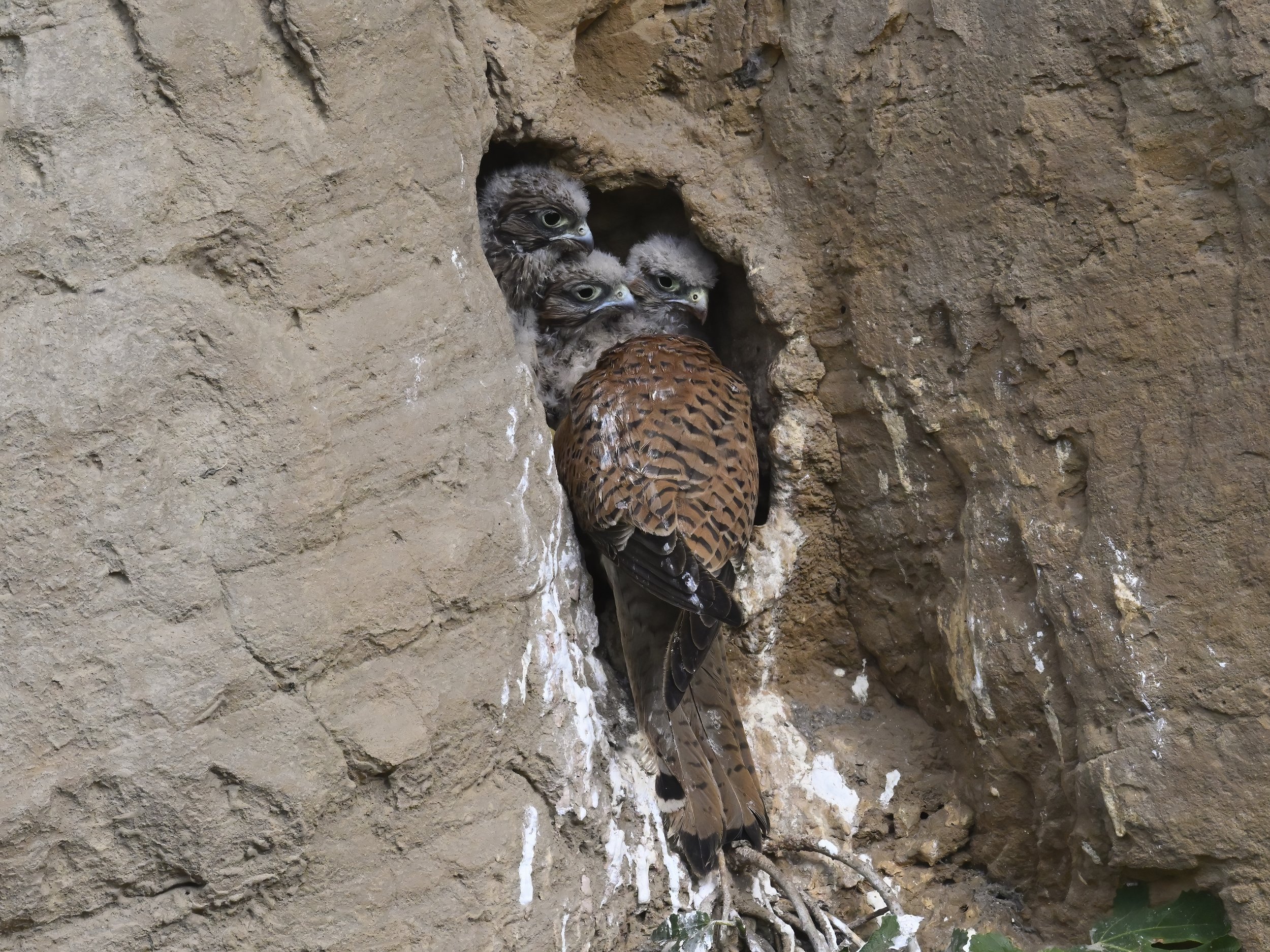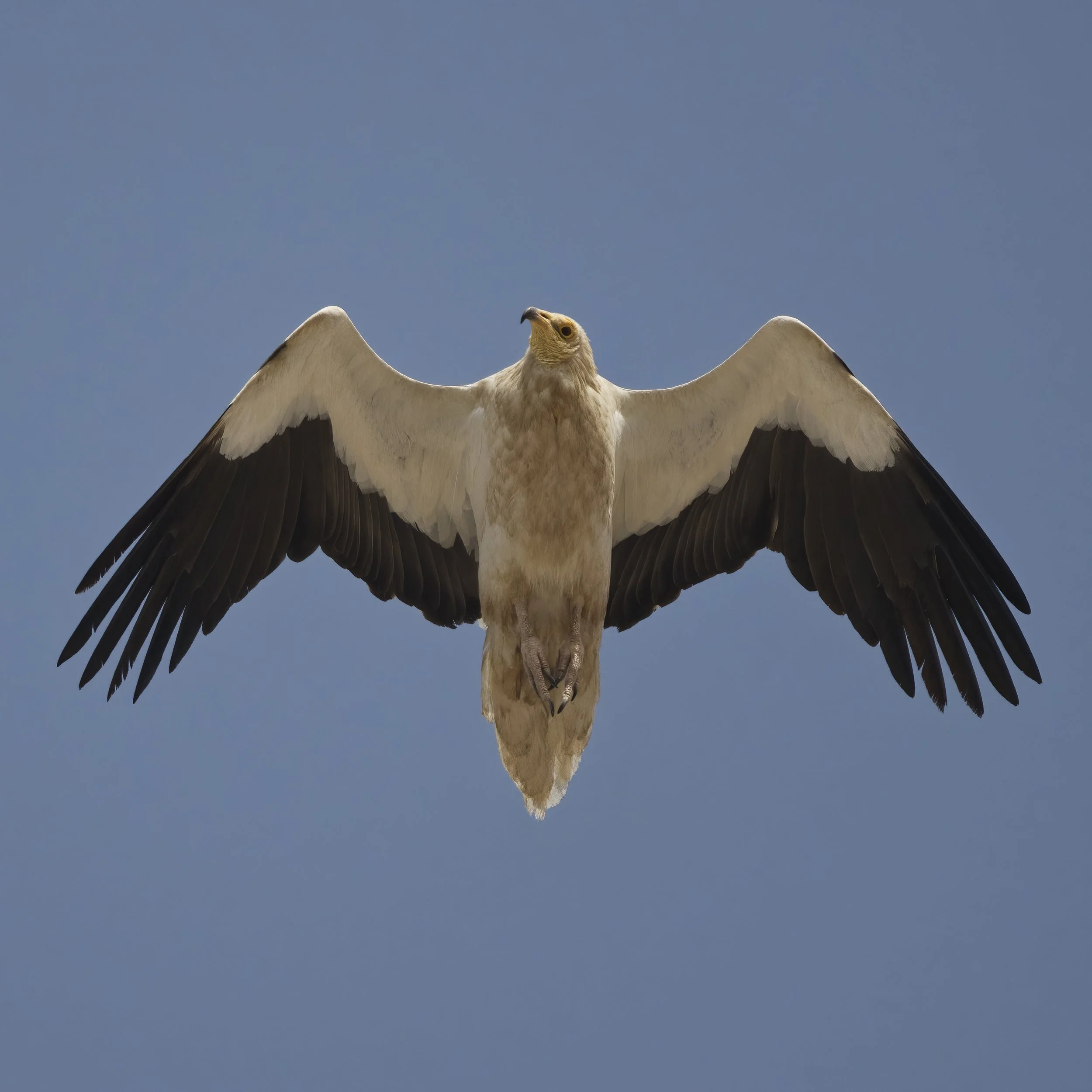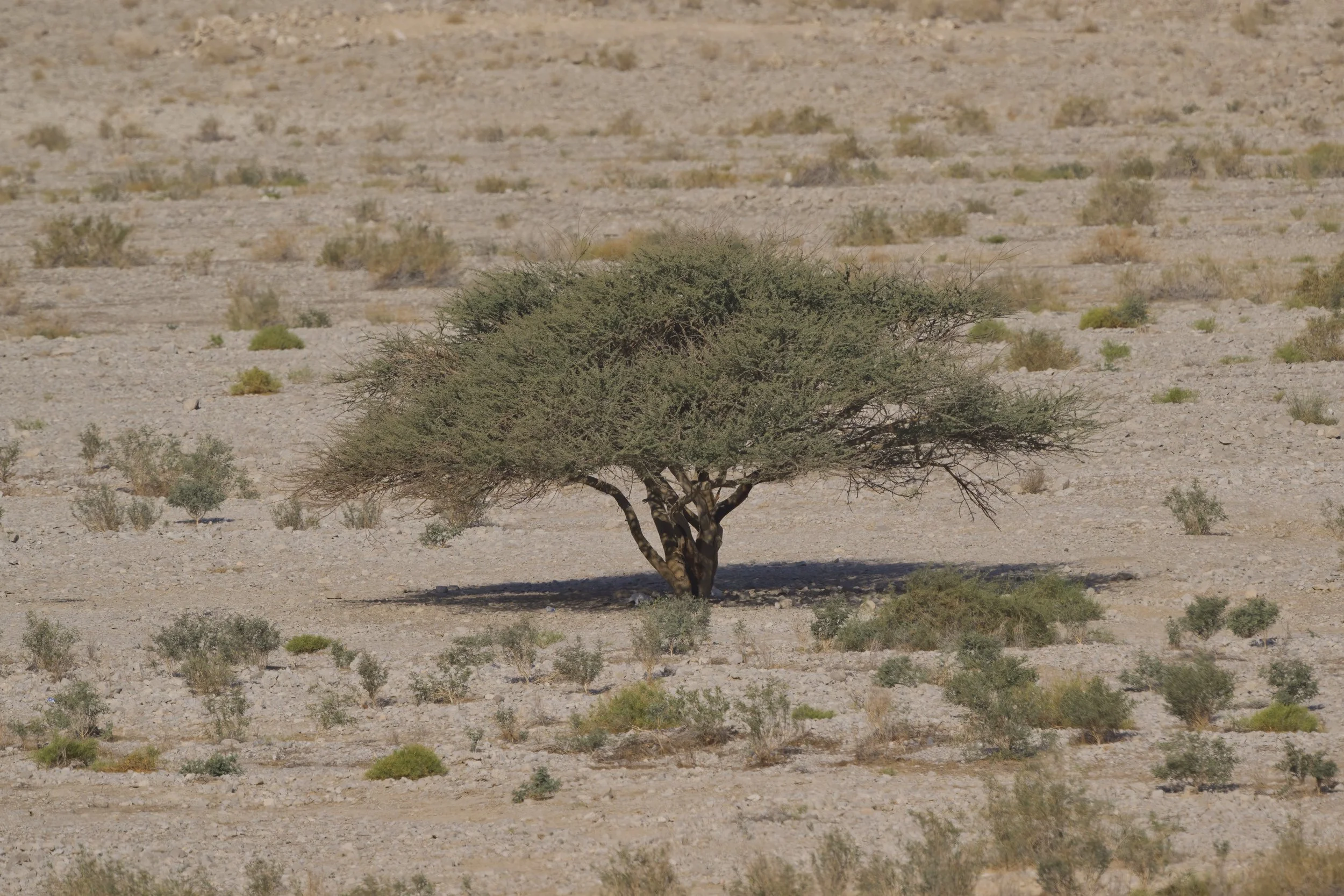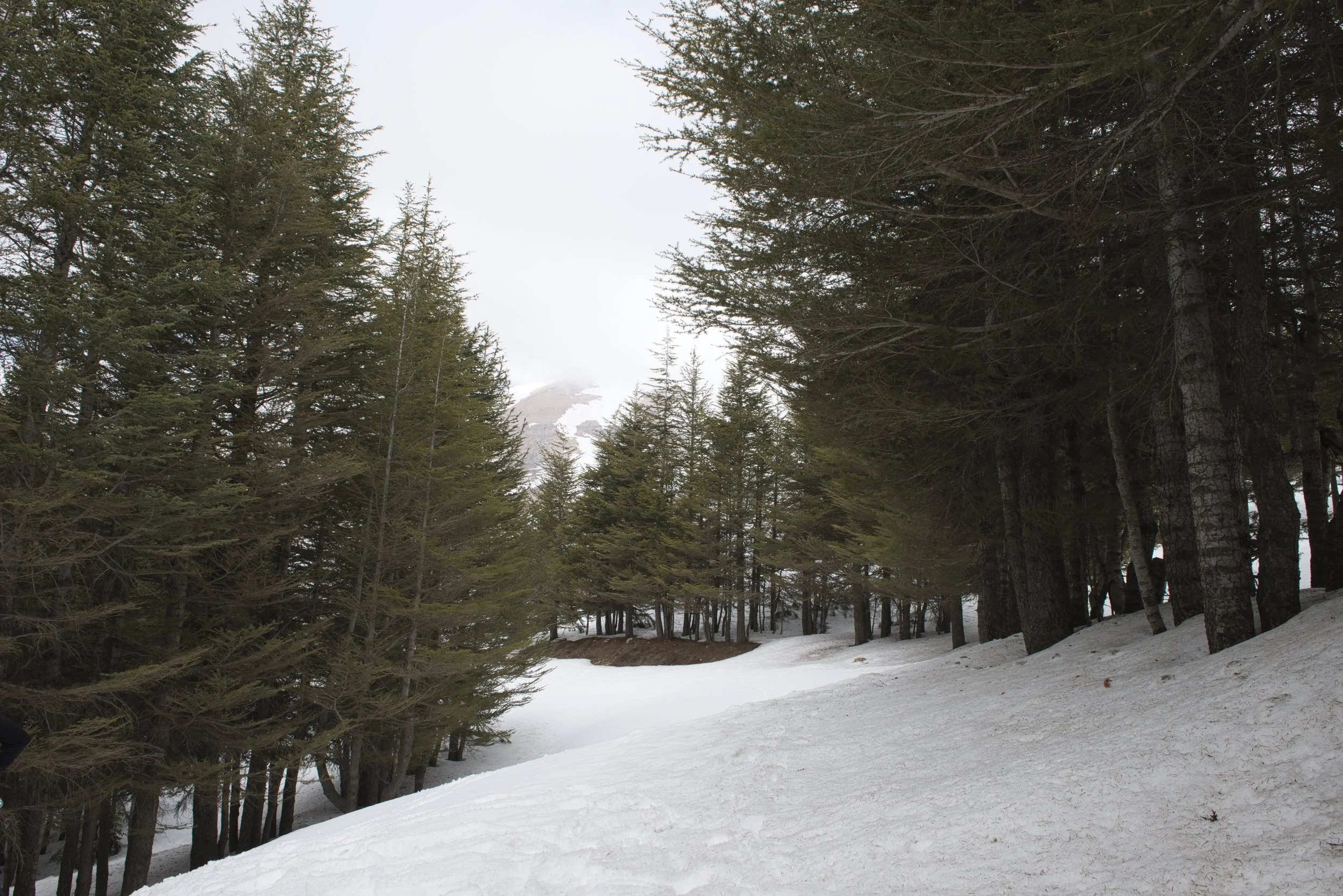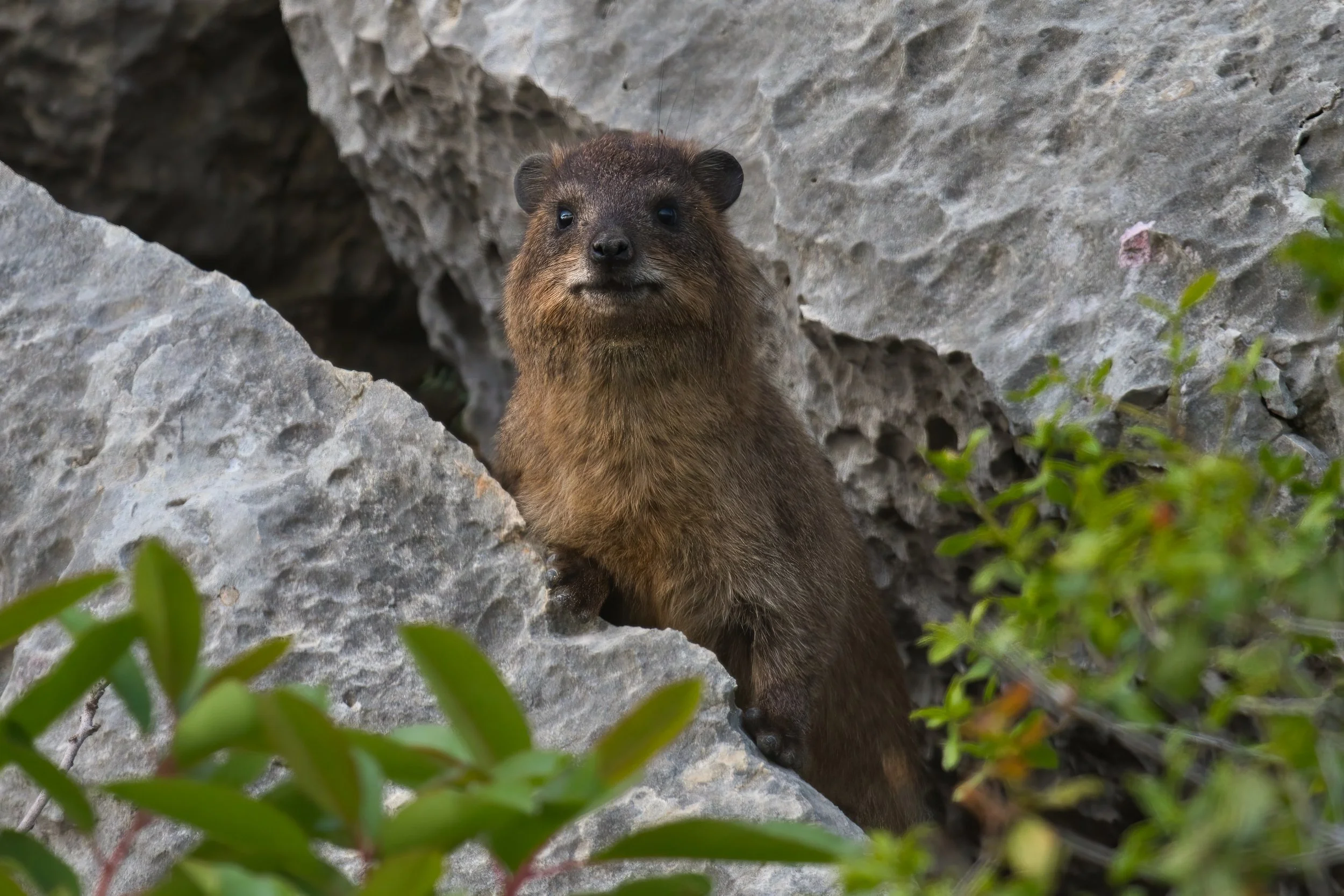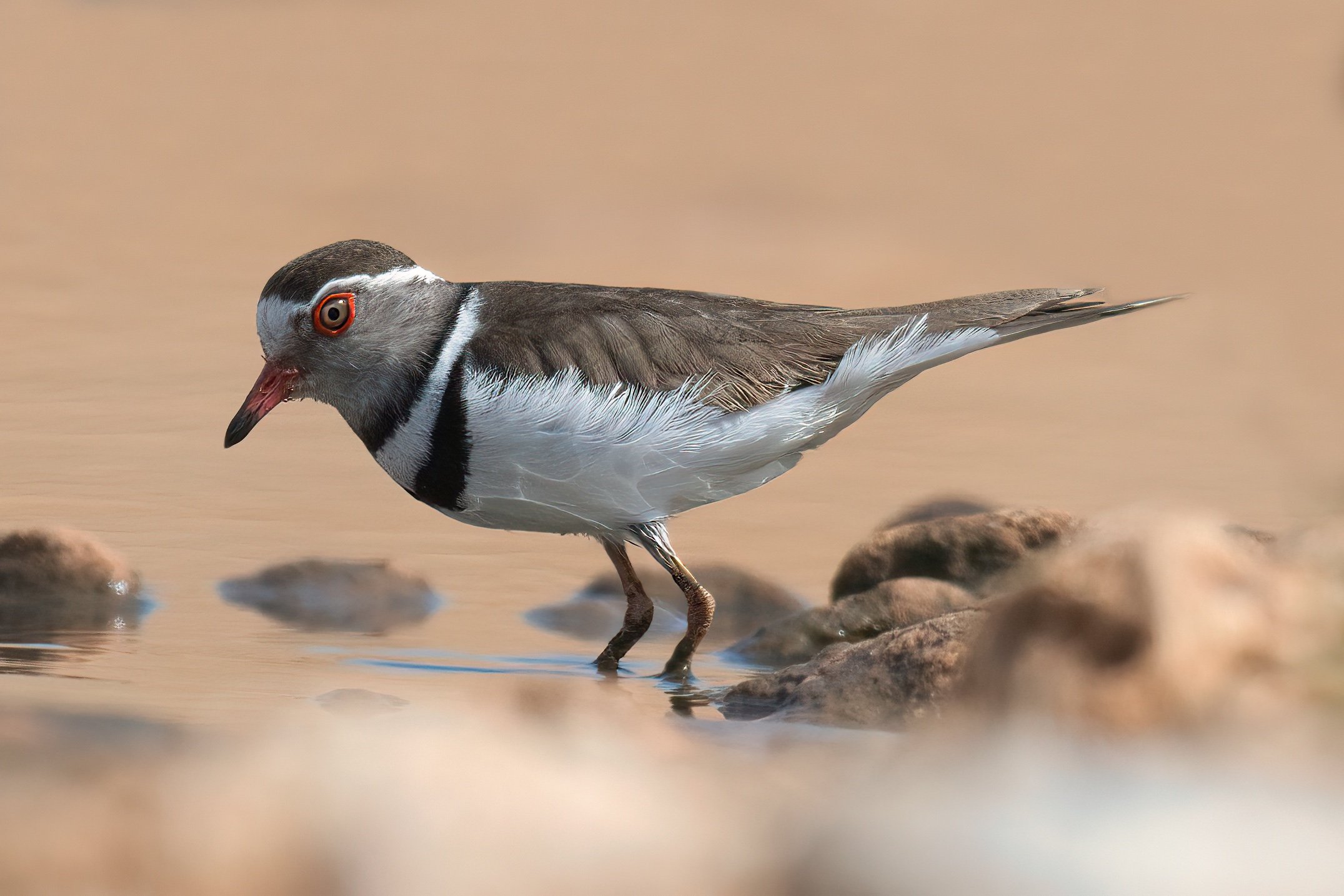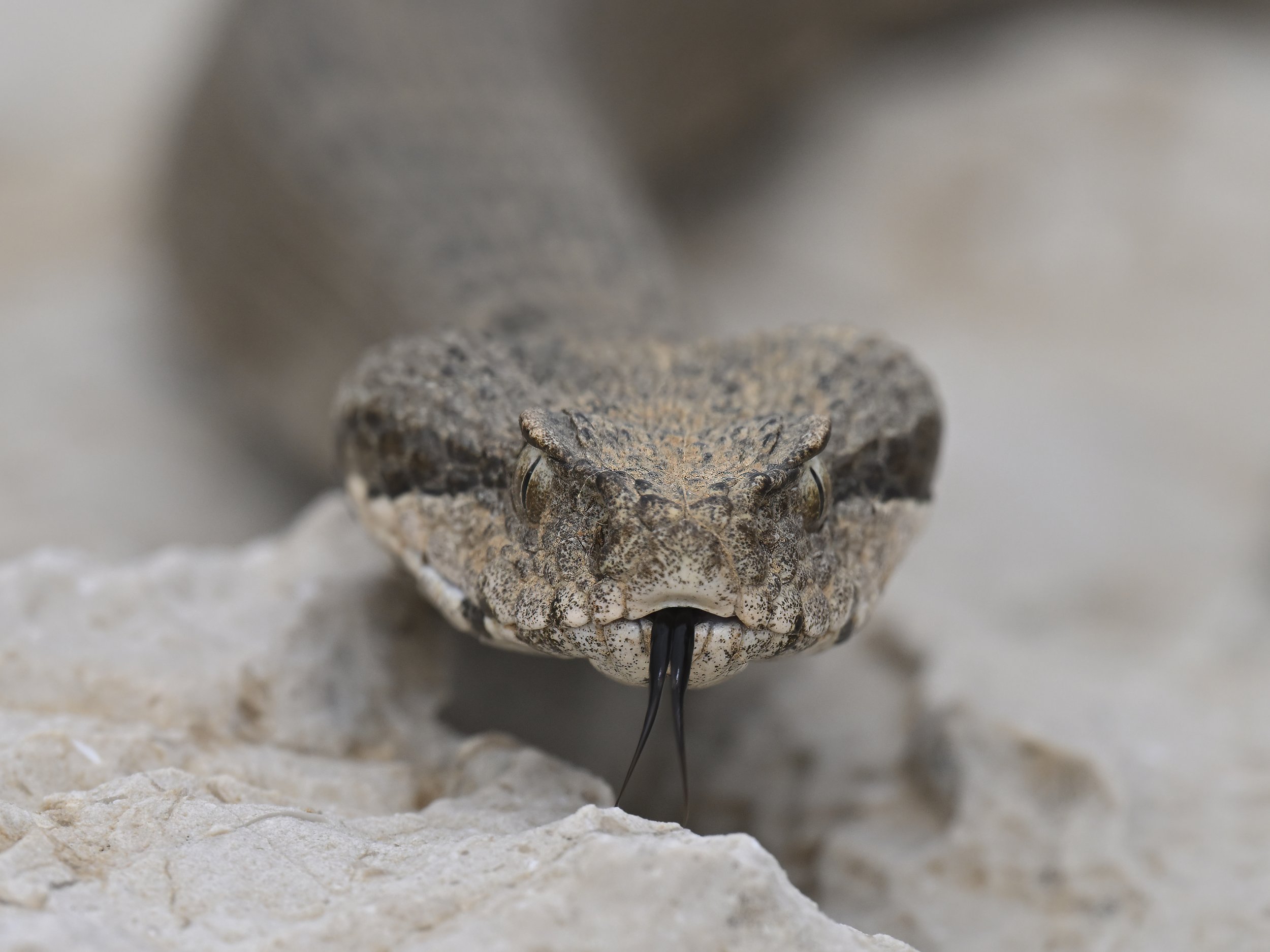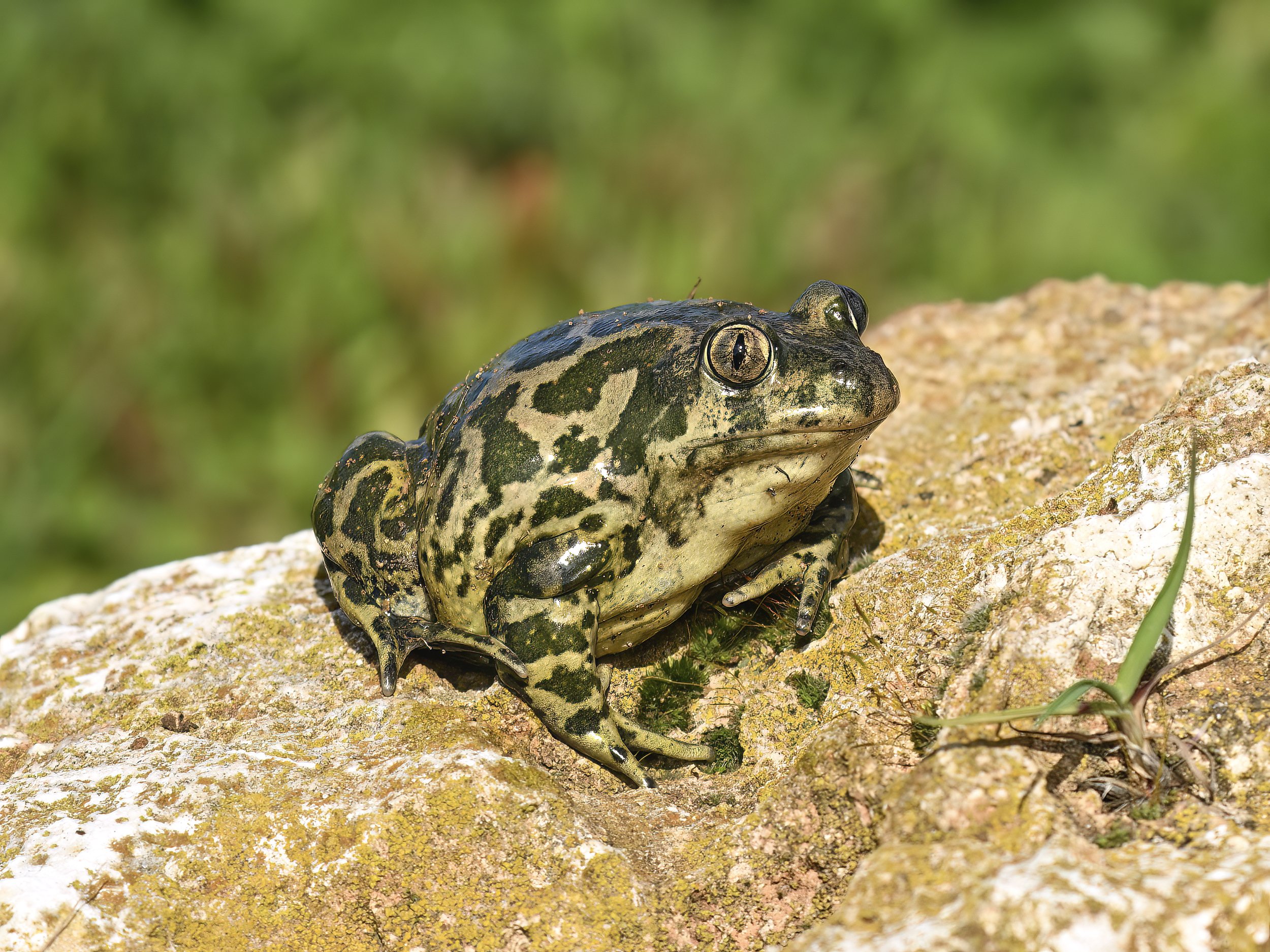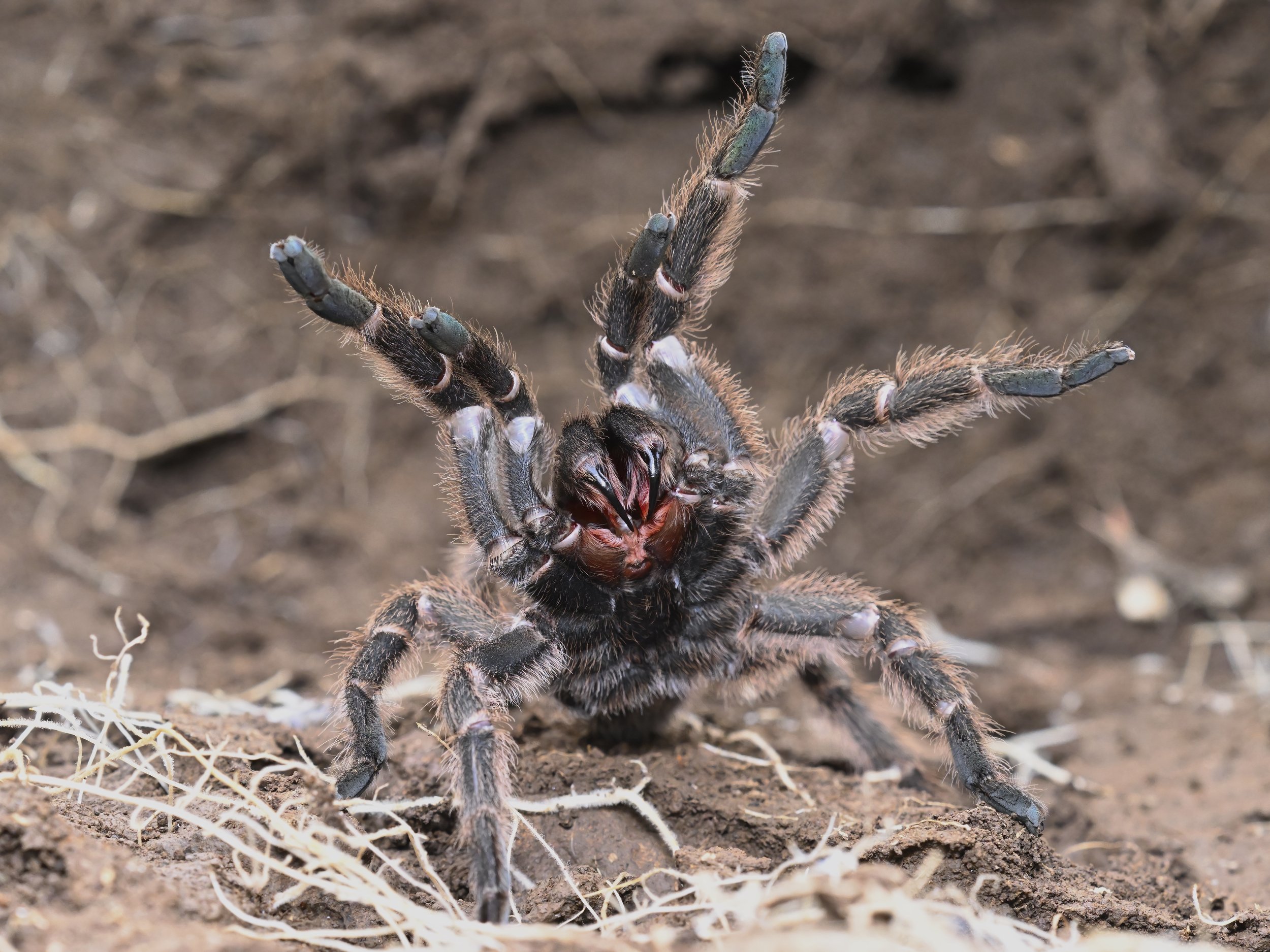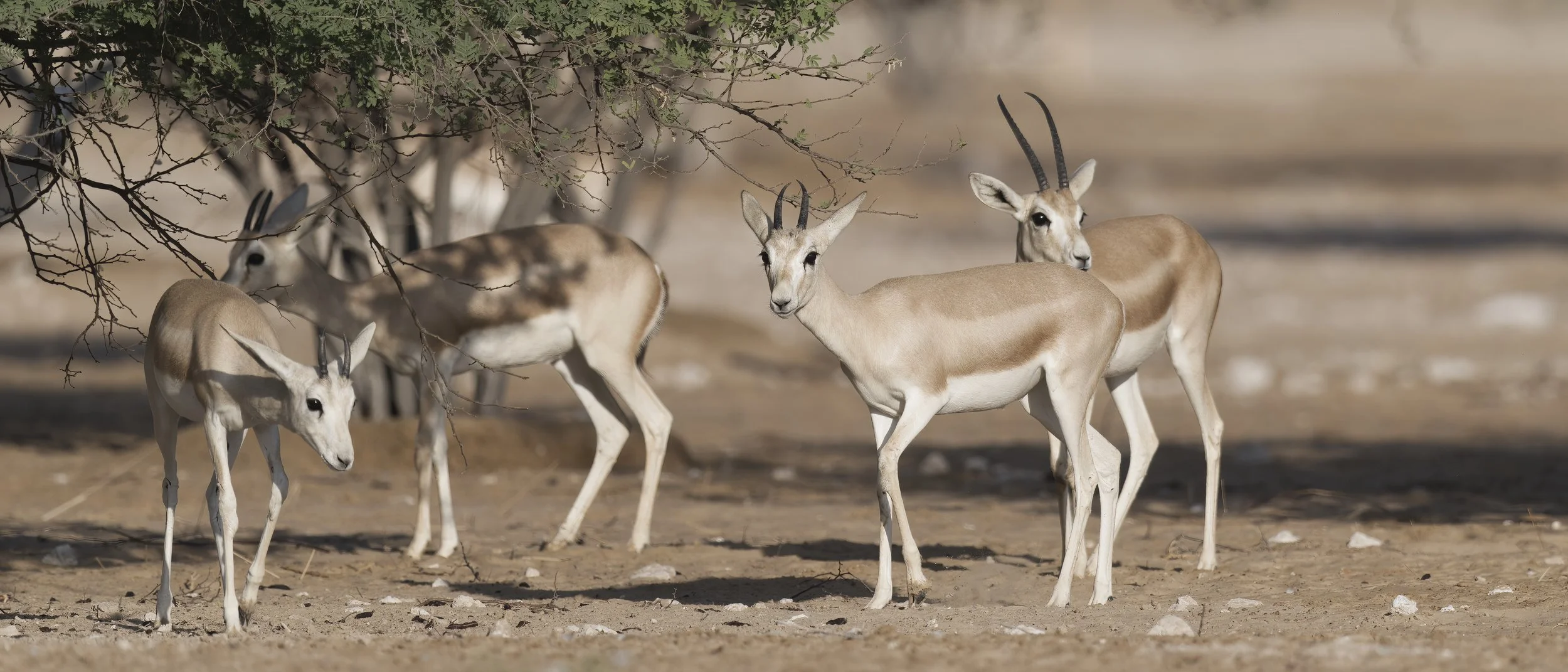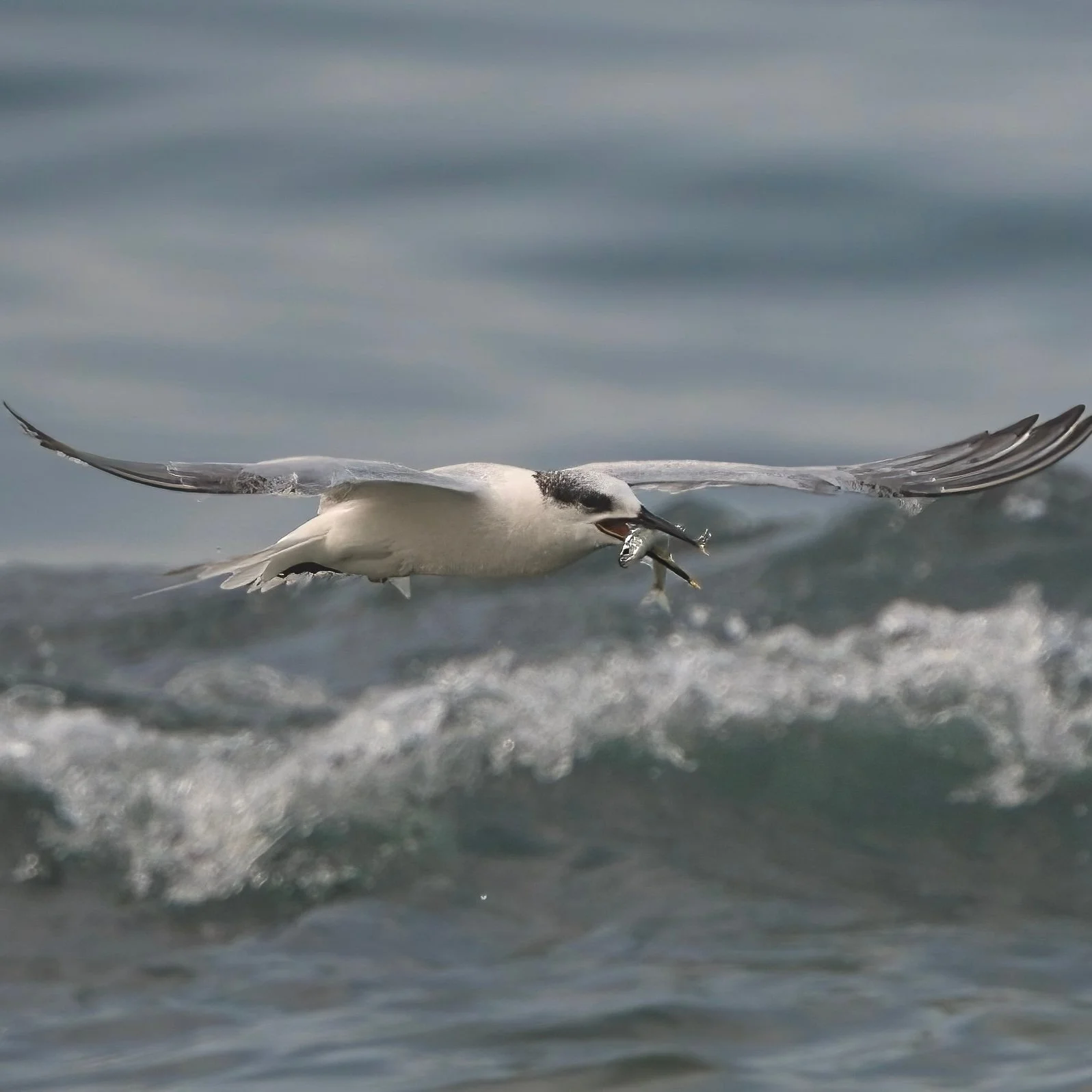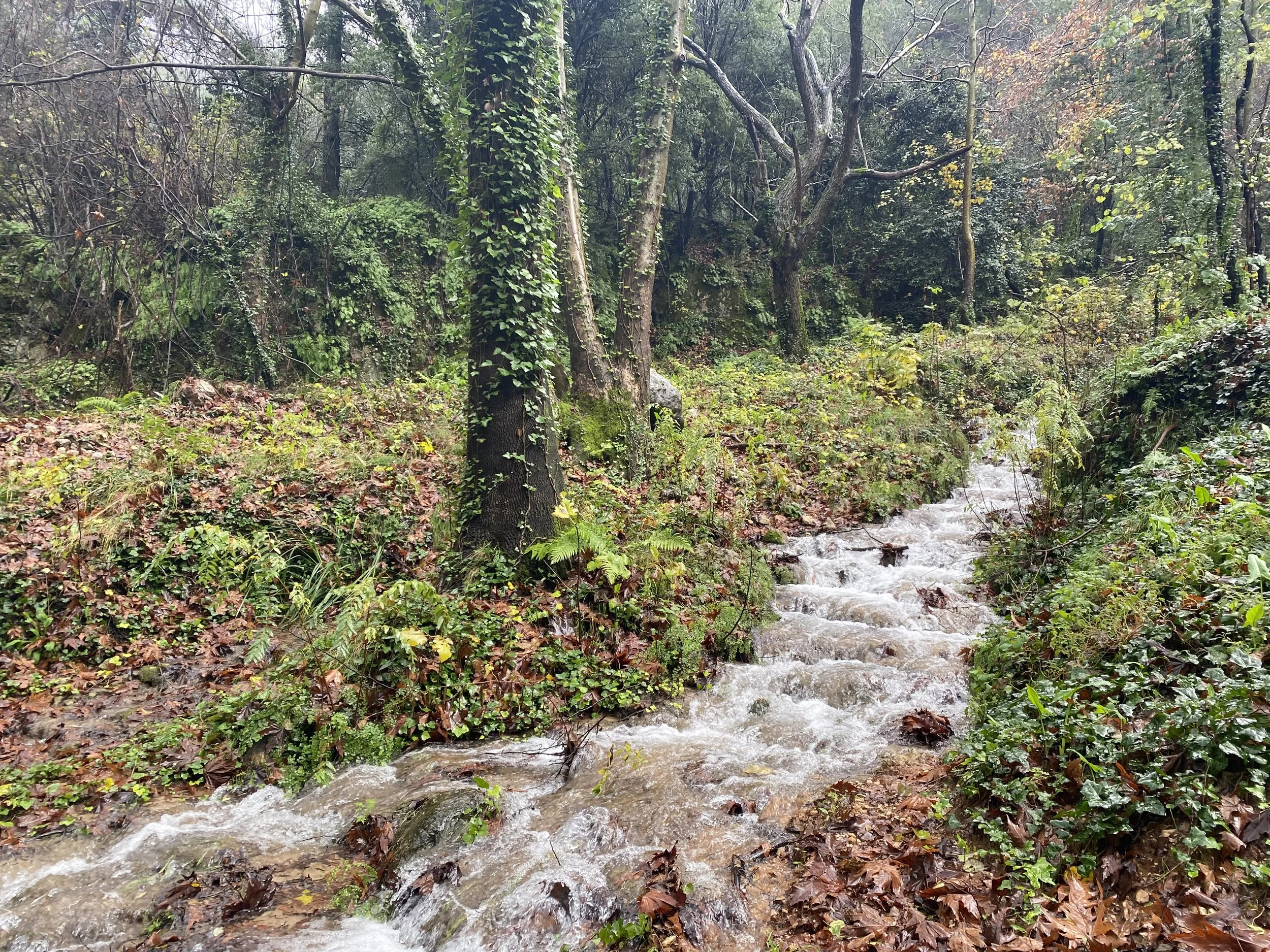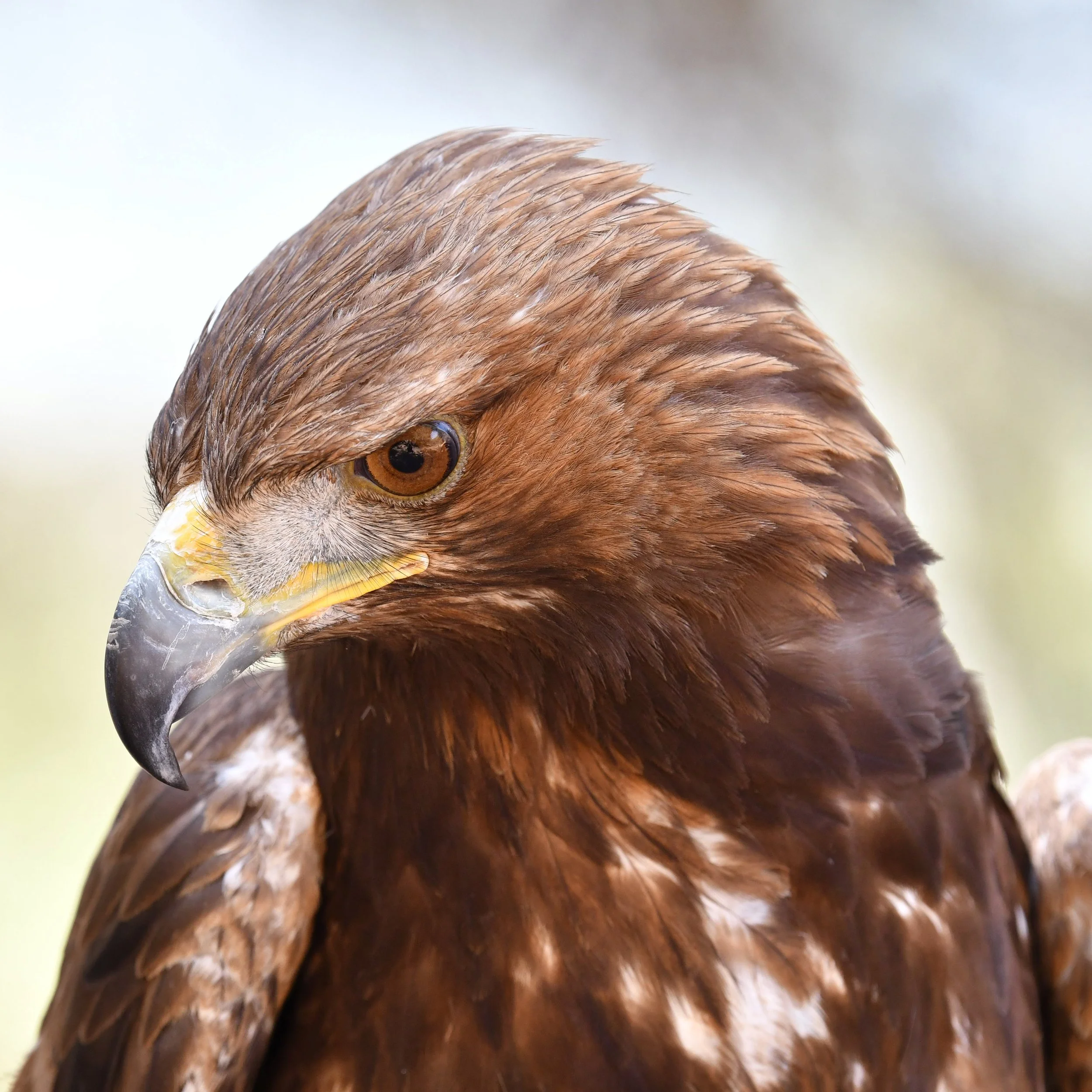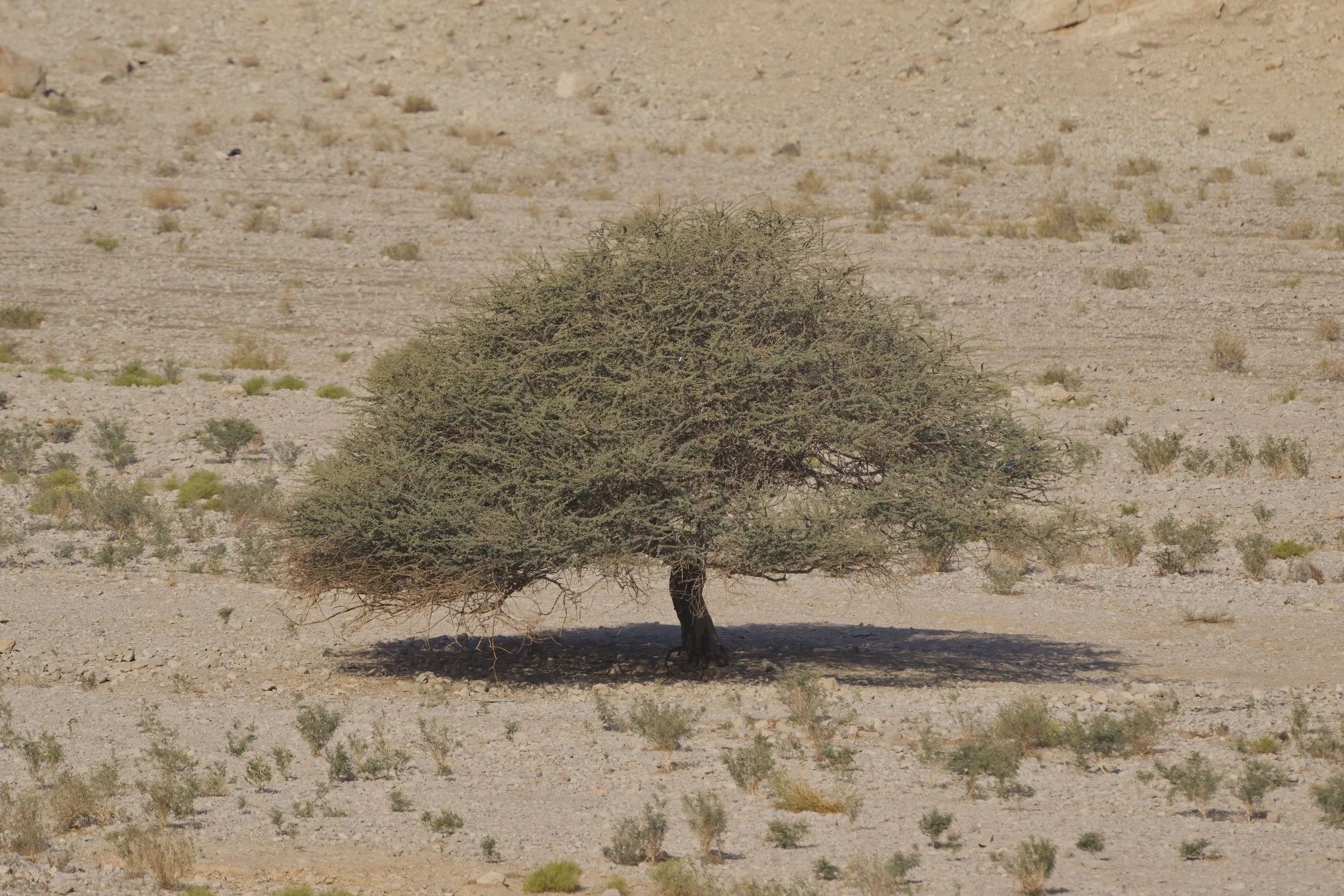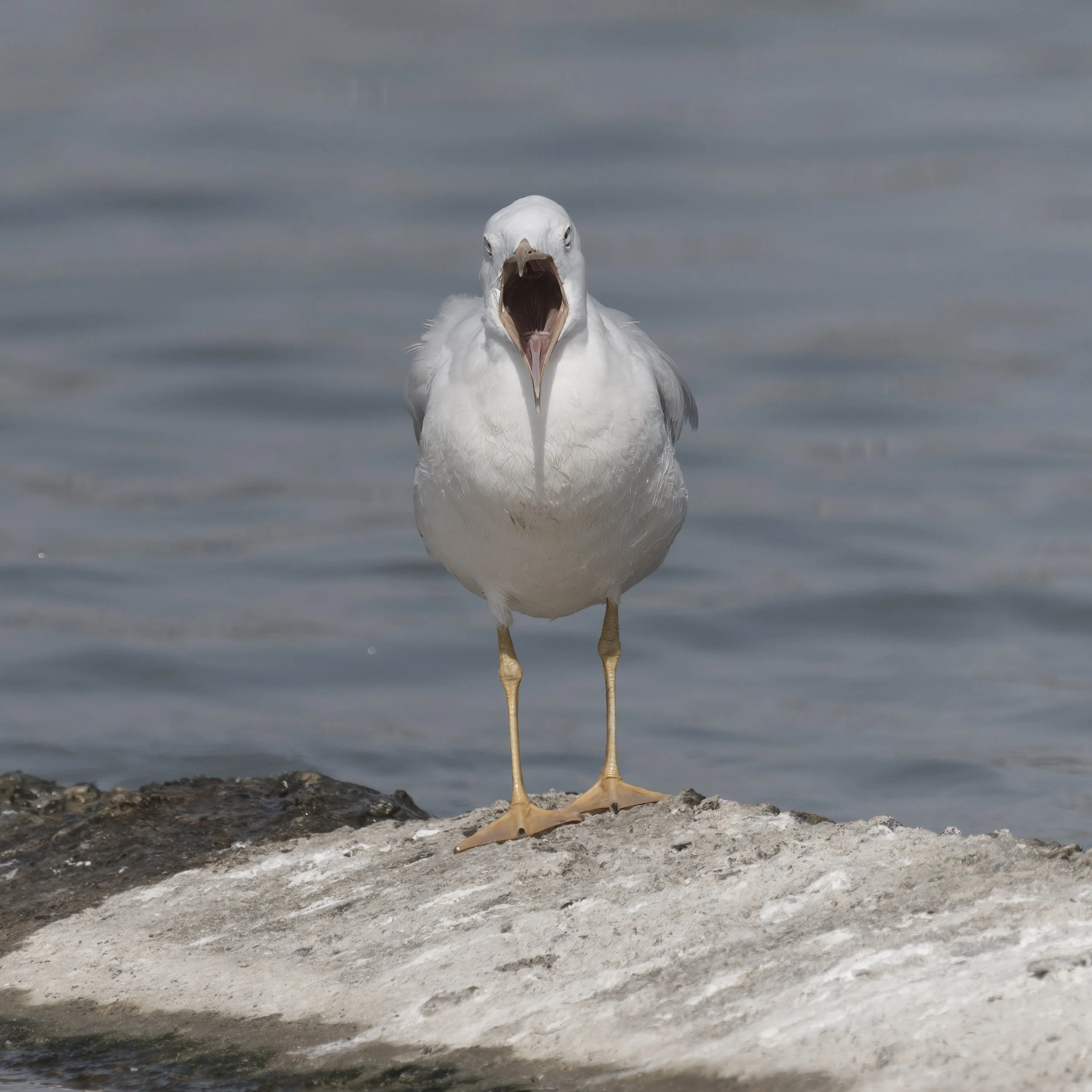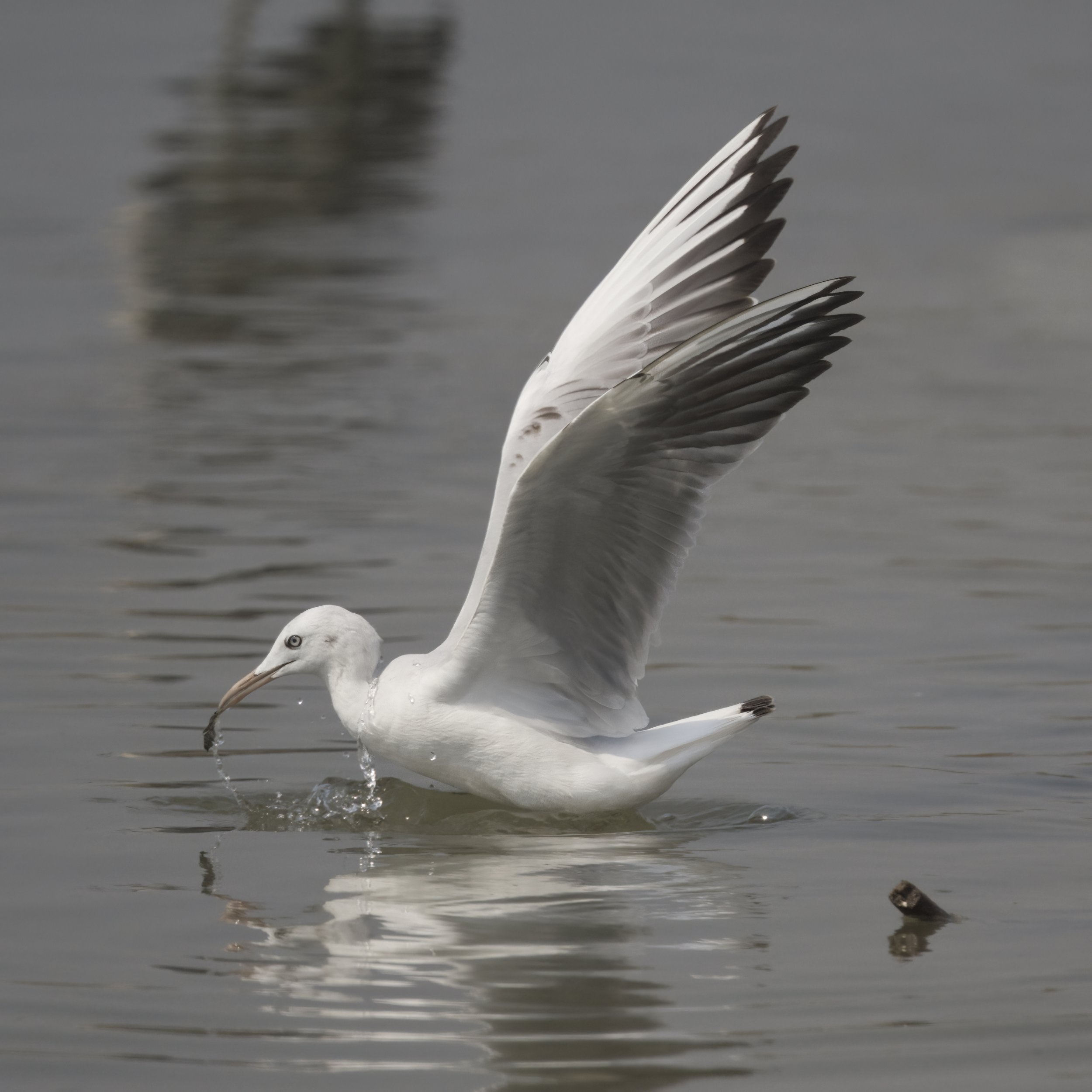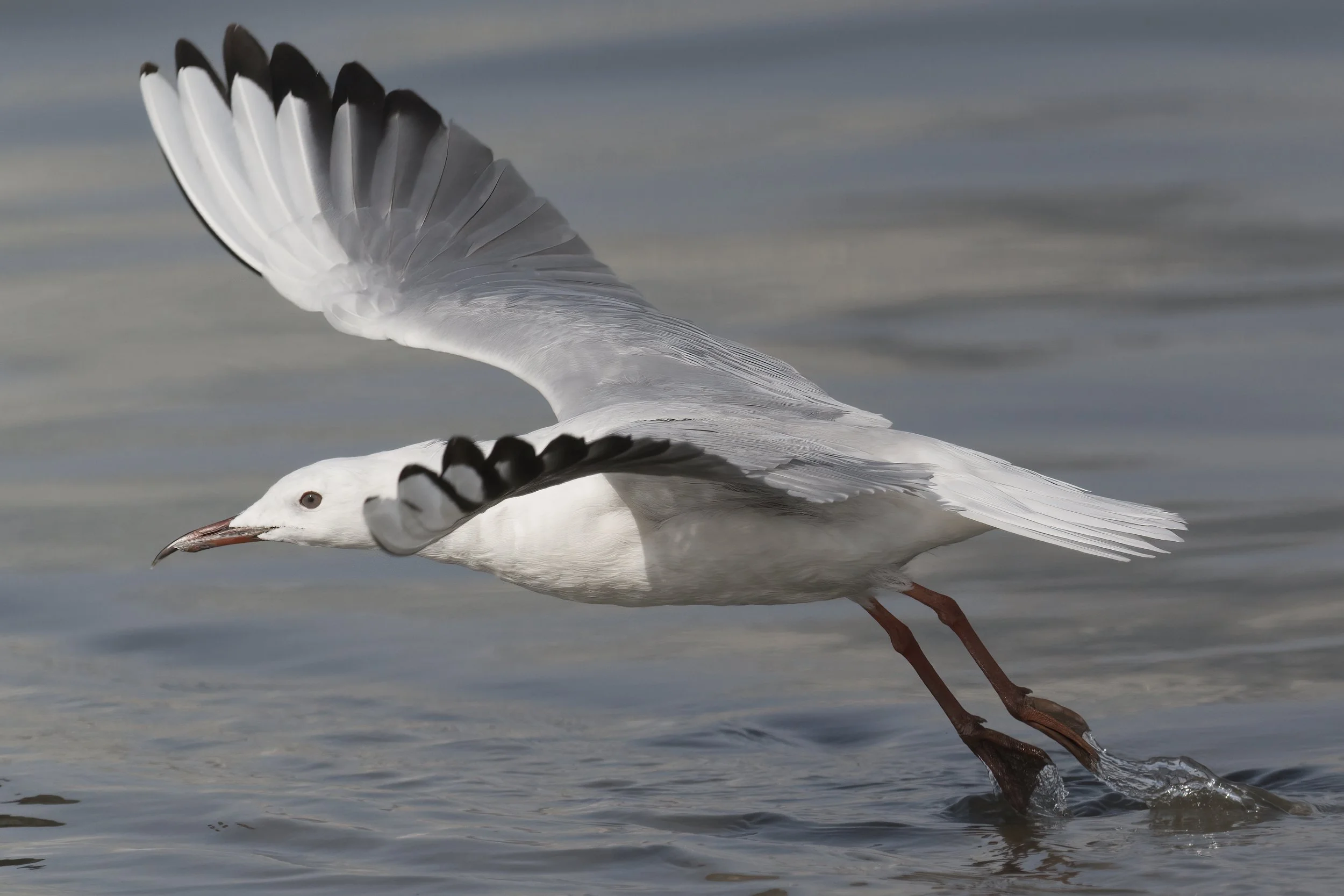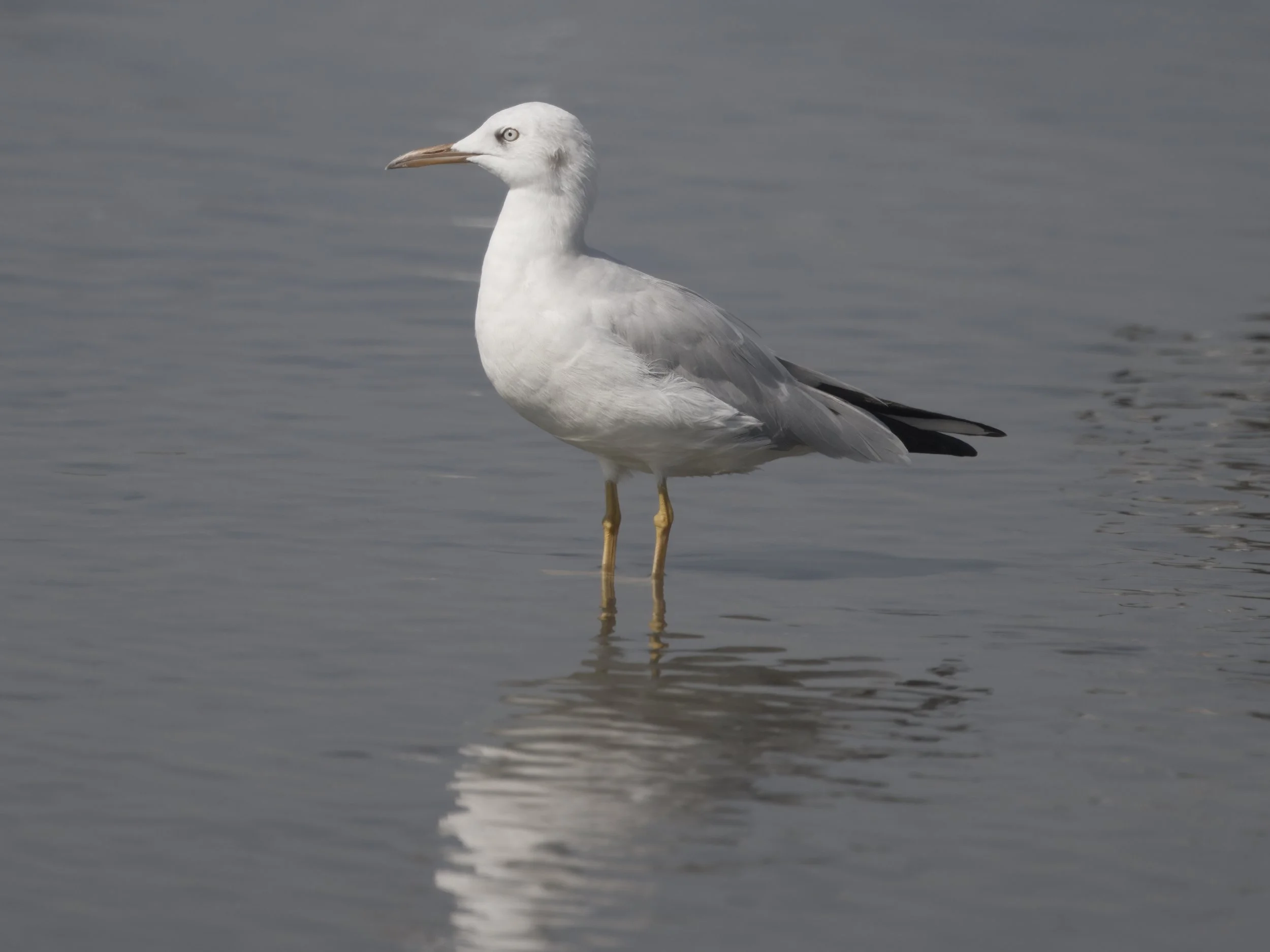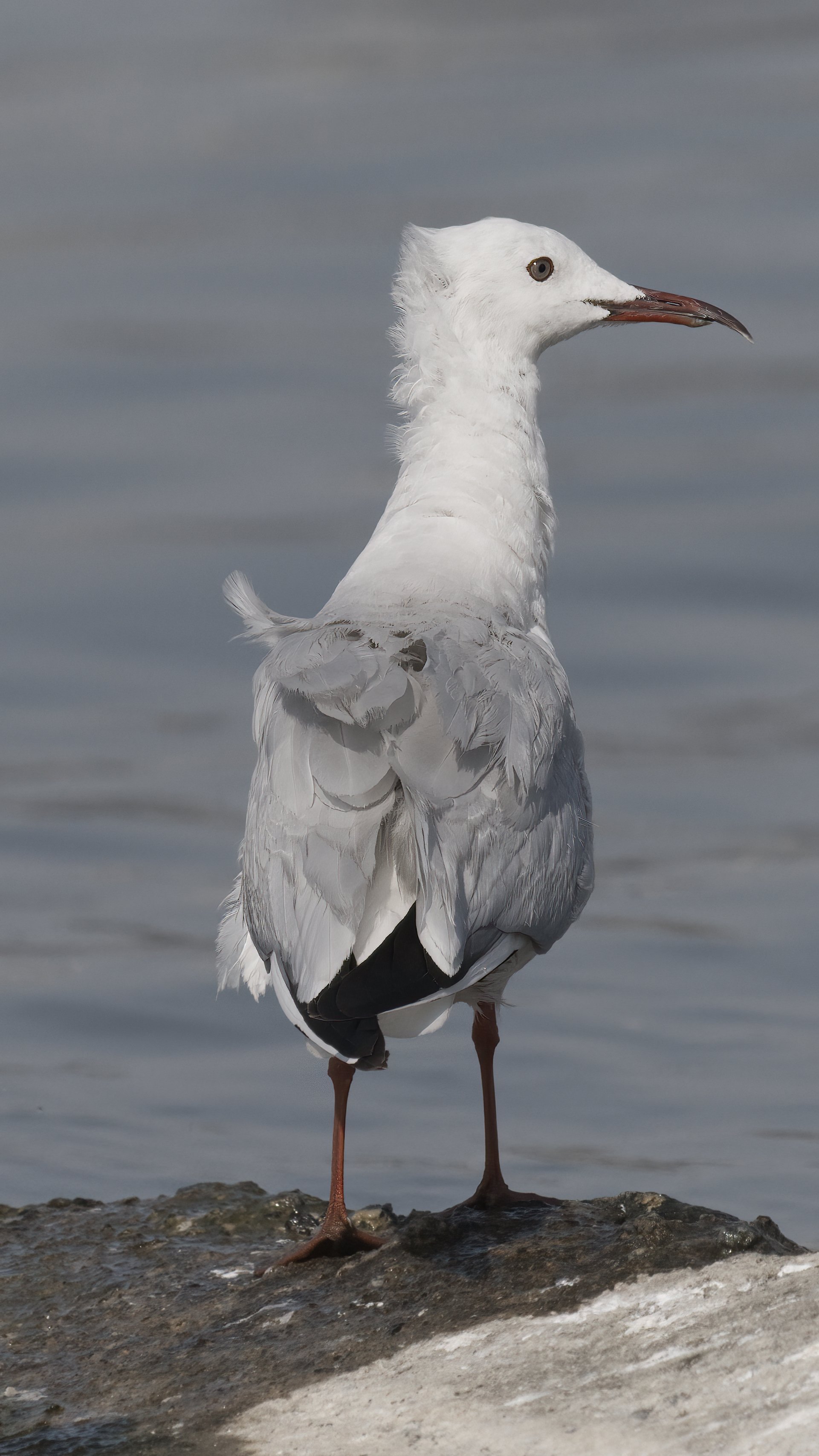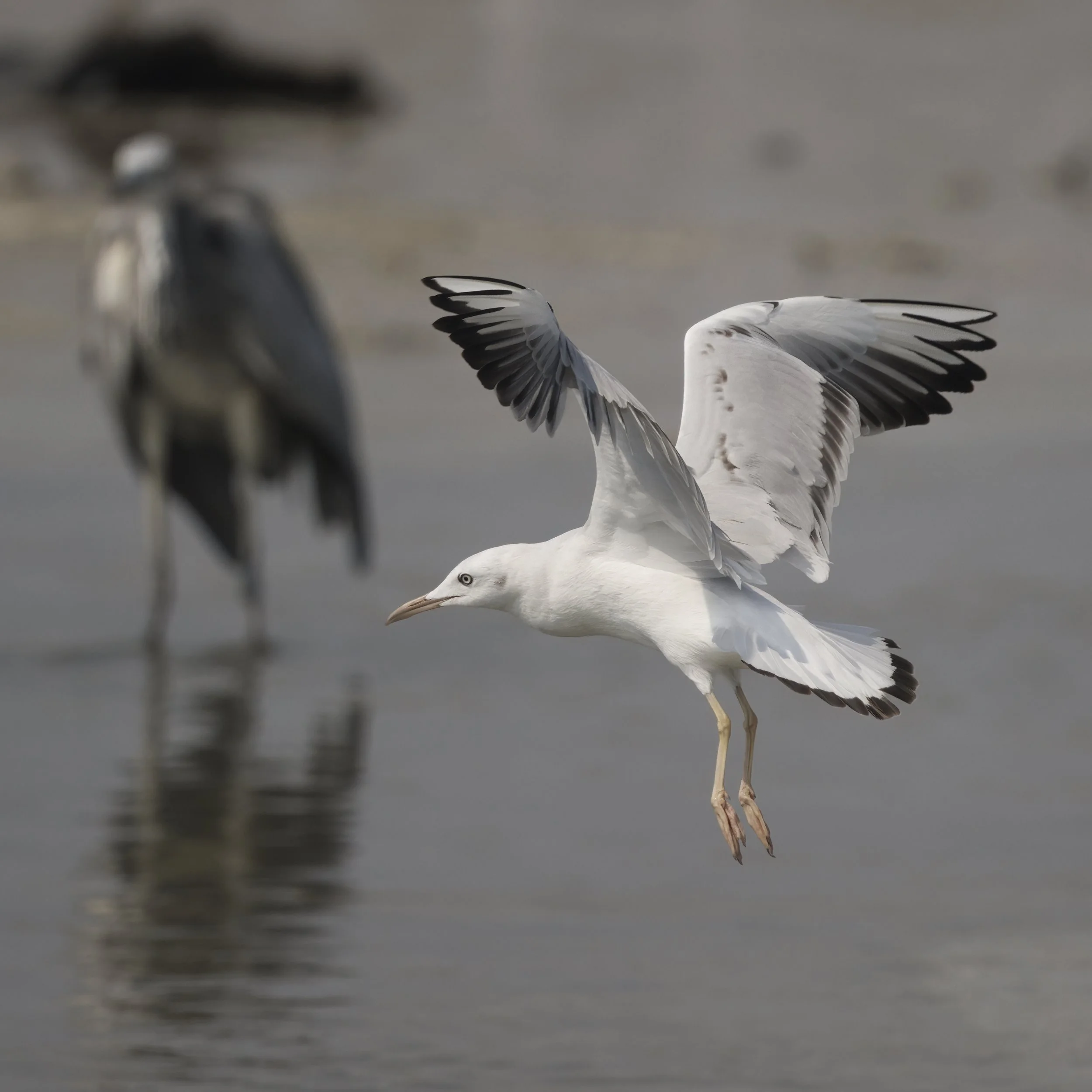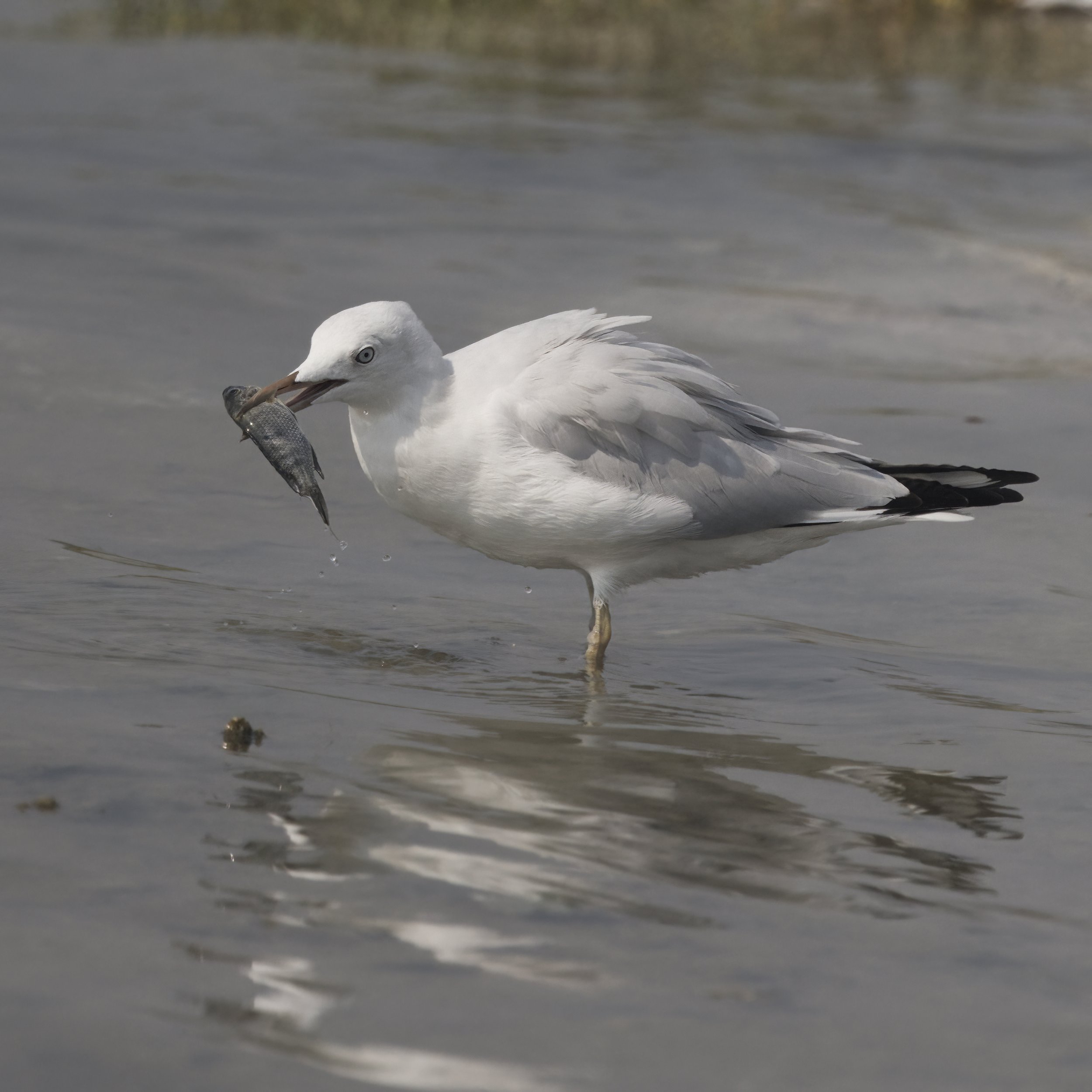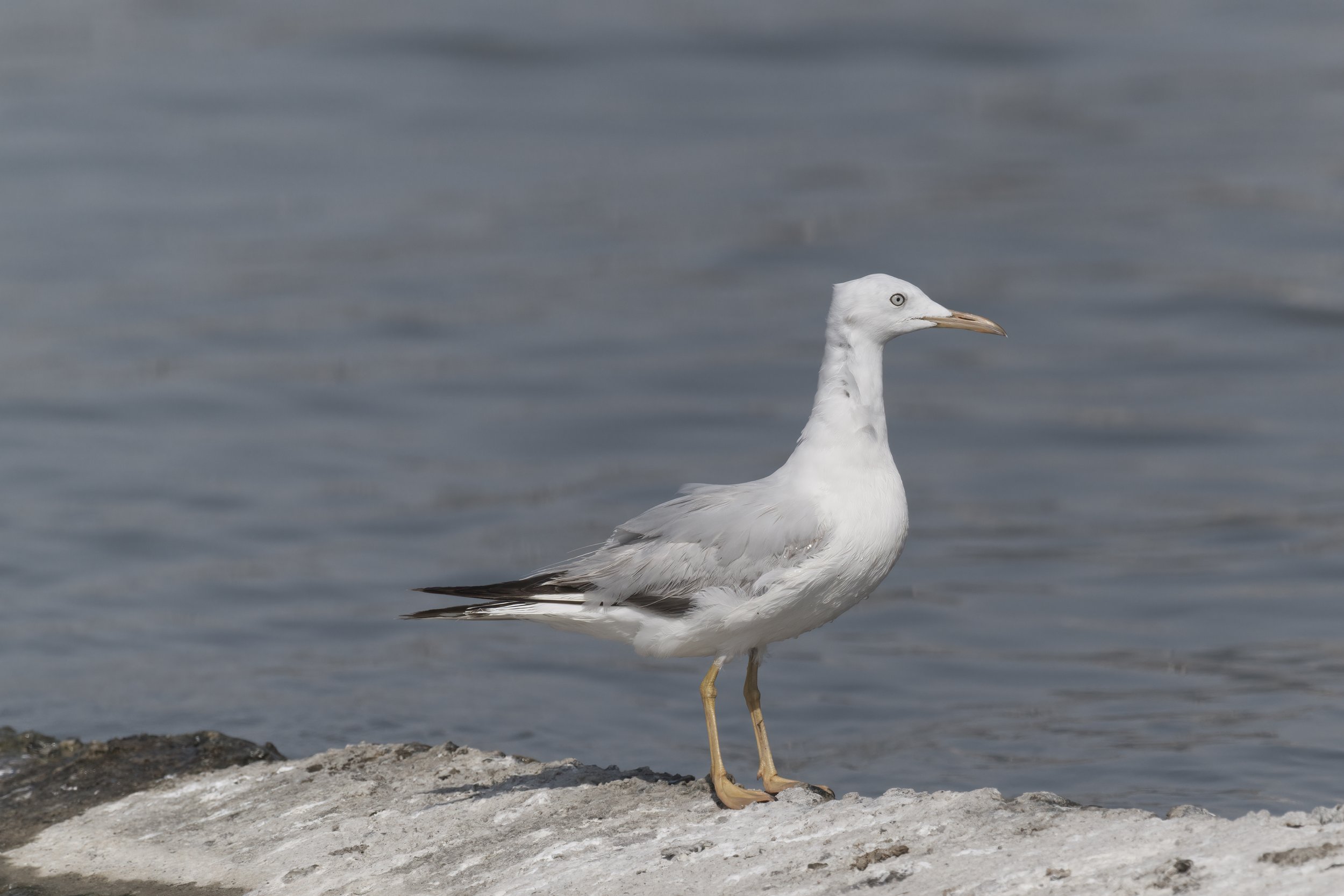Slender-billed Gull (Larus genei) **
The Slender-billed Gull (Larus genei) is a medium-sized gull native to coastal regions, lakes, and wetlands of southern Europe, North Africa, and parts of the Middle East. This elegant bird is easily distinguished by its long, slender bill, which is a pale pinkish-red, and its streamlined appearance. Measuring around 37–40 cm (15–16 inches) in length, with a wingspan of 90–102 cm (35–40 inches), and weighing between 250 and 400 grams (9–14 oz), the Slender-billed Gull is slightly more delicate and elongated than other gull species.
In breeding plumage, its head takes on a soft pink tinge, while the rest of its body is primarily white with a pale grey back and wings. Its legs and feet are a matching reddish-pink, adding to its graceful look. During the non-breeding season, the gull loses the pinkish hue and becomes more uniformly pale. The eyes are dark, giving it an alert expression, and its wings feature distinctive black wingtips visible during flight.
The Slender-billed Gull is primarily found in shallow coastal lagoons, salt marshes, estuaries, and inland wetlands, where it feeds on fish, crustaceans, and small invertebrates. It is an efficient forager, often seen skimming the water’s surface or wading through shallow areas in search of prey. This species is also known to scavenge, taking advantage of food sources near human activity.
Breeding colonies of Slender-billed Gulls are usually located on islands or isolated sandbanks, often in large, noisy groups. They nest in shallow scrapes on the ground, laying eggs in small depressions lined with vegetation or pebbles. The birds are monogamous during the breeding season, with both parents involved in raising their young. Though generally stable, the Slender-billed Gull's population faces threats from habitat destruction, particularly the degradation of wetland areas due to development and climate change. Nonetheless, conservation efforts and the bird's adaptability to different environments have helped maintain its numbers in many parts of its range.
| NOT EVALUATED | DATA DEFICIENT | LEAST CONCERN** | NEAR THREATENED | VULNERABLE | ENDANGERED | CRITICALLY ENDANGERED | EXTINCT IN THE WILD | EXTINCT |
|---|---|---|---|---|---|---|---|---|
| NE | DD | LC | NT | VU | EN | CR | EW | EX |


